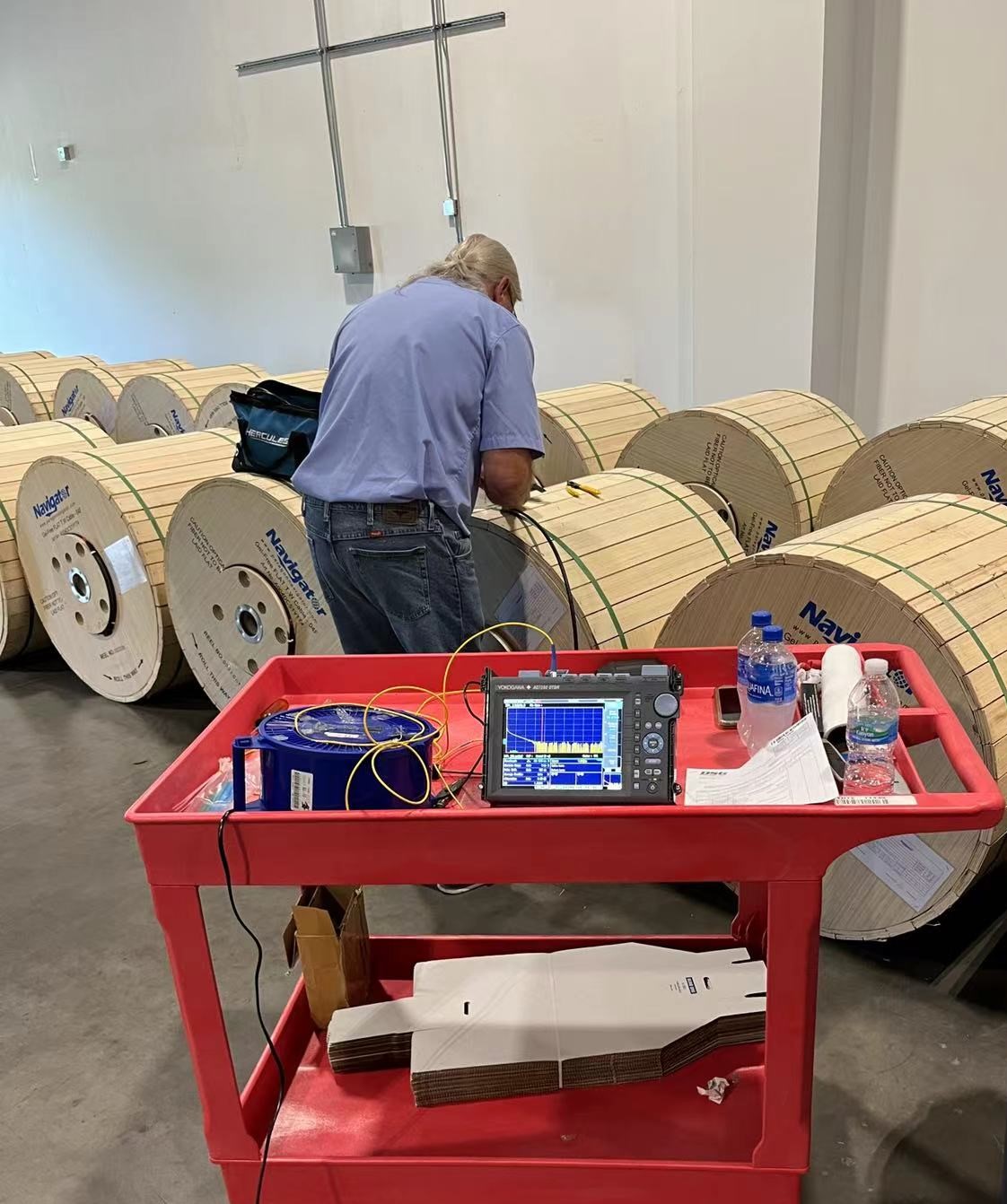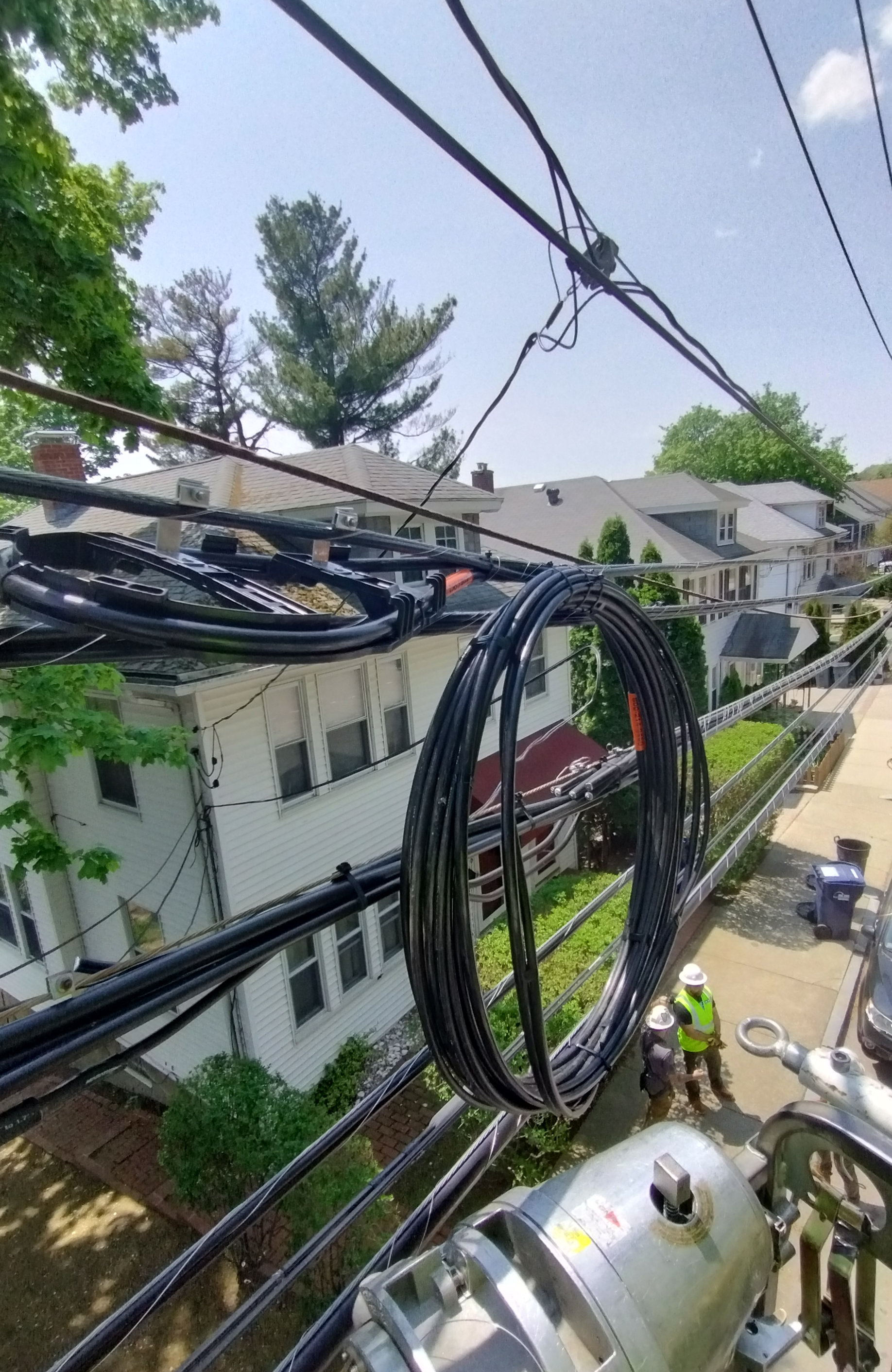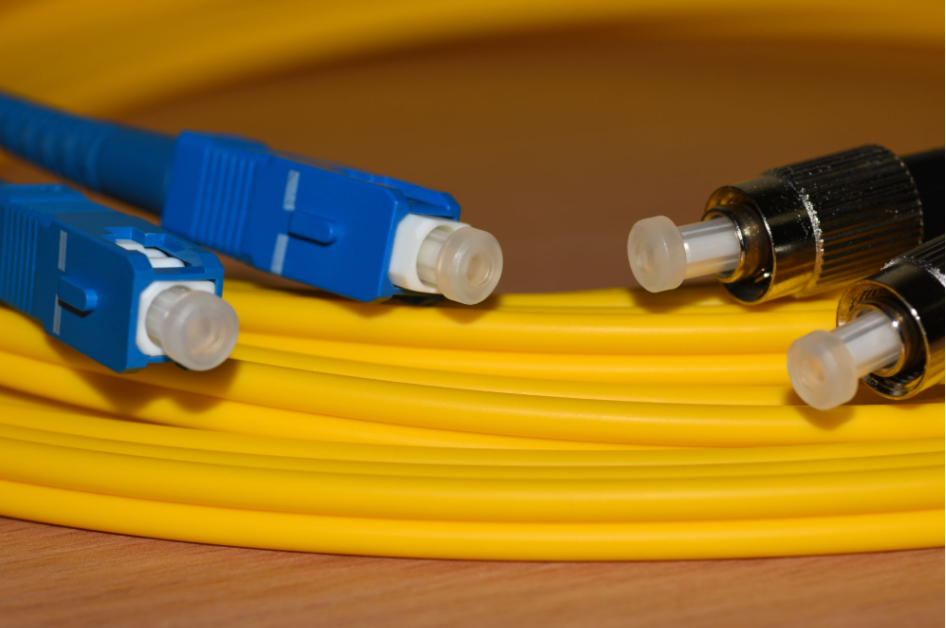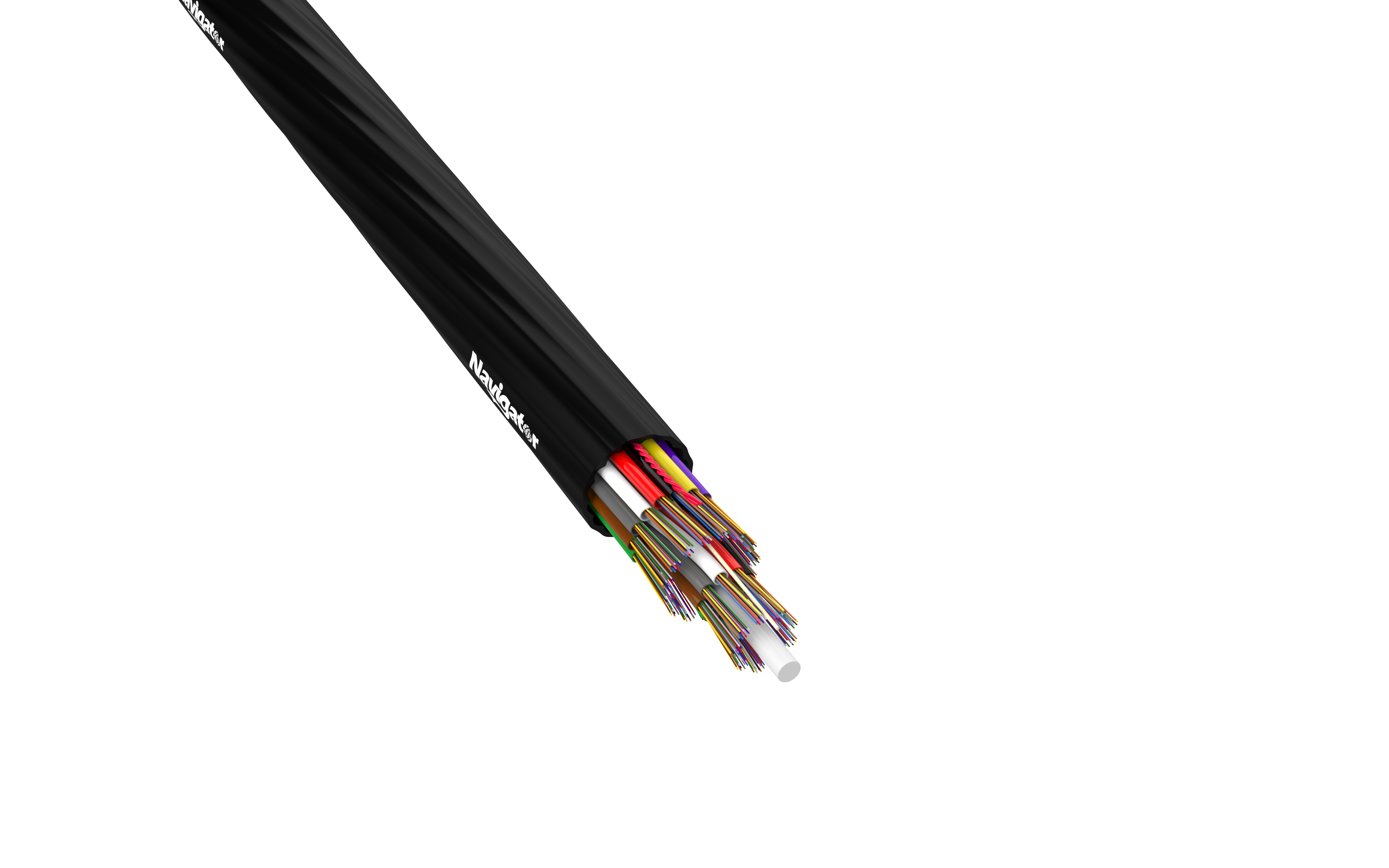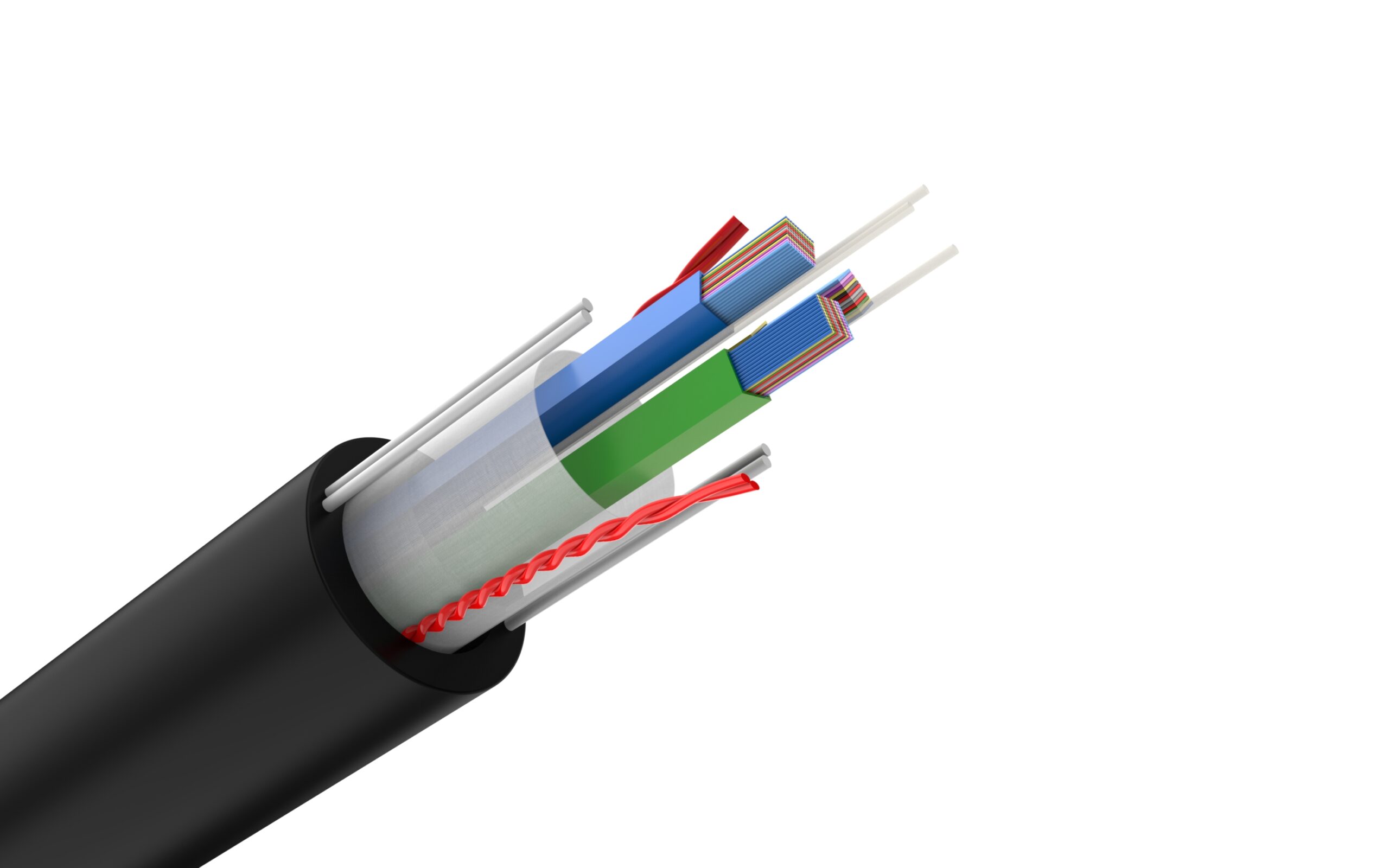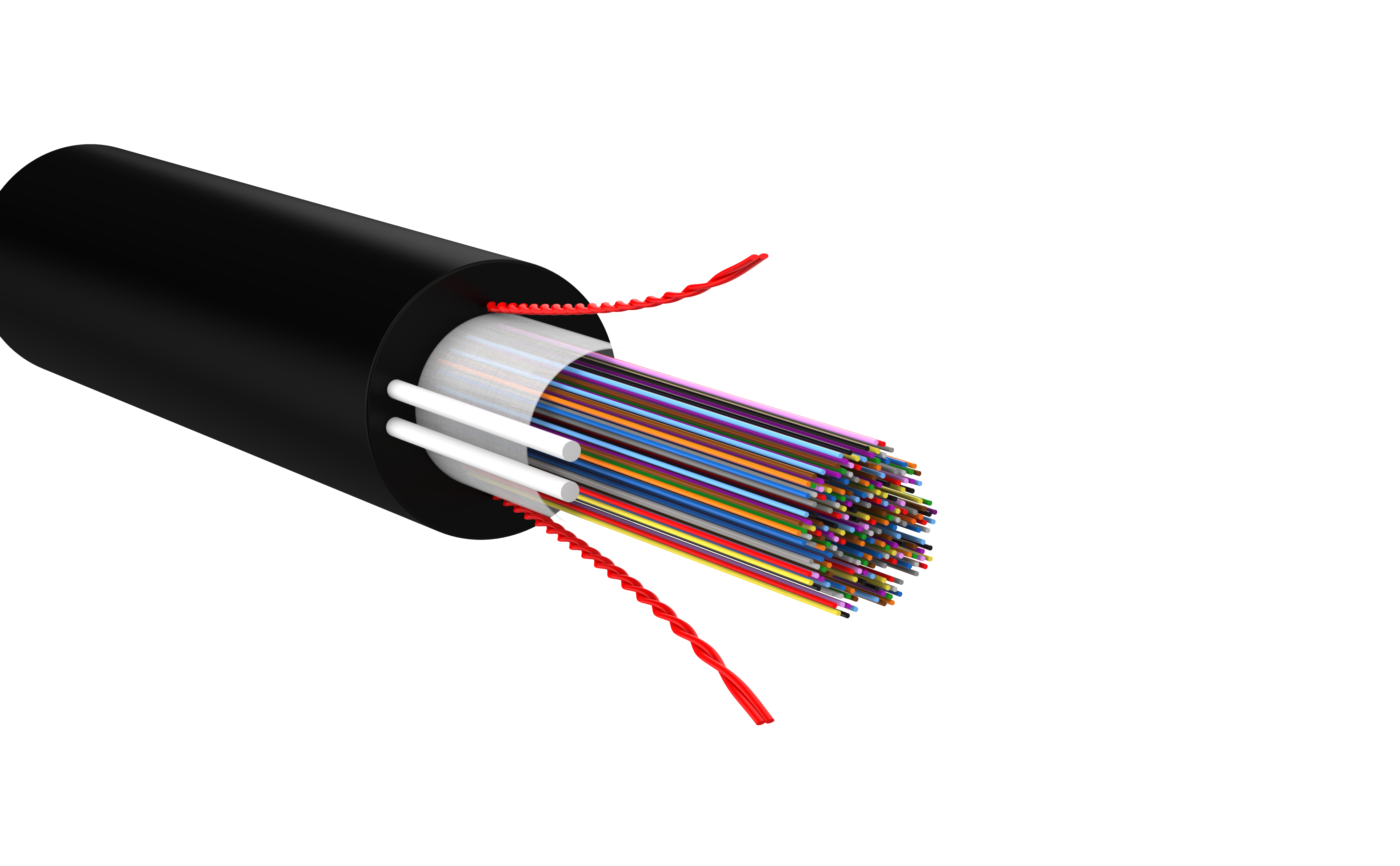Fiber optic cables are used in a wide variety of applications, including telecommunications, data networking, and security systems. In some of these applications, it is important for the cables to be flame resistant. This is because a fire can cause significant damage to a building and its occupants, and flame resistant cables can help to prevent the spread of fire.
The National Electrical Code (NEC) has established eight levels of fire resistance for fiber optic cables. These levels are based on the time it takes for a cable to burn through or melt. The higher the level, the longer the cable will take to burn.
The four levels of fire resistance for nonconductive fiber optic cables are:
- OFNP: Optical Fiber Non-conductive Plenum
- OFNR: Optical Fiber Non-conductive Riser
- OFNG: Optical Fiber Non-conductive General Purpose
- OFCG: Optical Fiber Non-conductive General Purpose (limited use)
The four levels of fire resistance for conductive fiber optic cables are:
- OFCP: Optical Fiber Conductive Plenum
- OFCR: Optical Fiber Conductive Riser
- OFN: Optical Fiber General Purpose
- OFC: Optical Fiber Conductive General Purpose
The higher the fire resistance level, the more resistant the cable is to heat and flame. OFNP is the highest fire resistance level, and OFC is the lowest.
In general, flame resistant fiber optic cables are used in plenum spaces, risers, and other areas where there is a risk of fire. Plenum spaces are areas where air flows and/or is distributed throughout a building. Risers are vertical shafts or ducts that run through one or more floors.
When choosing a fiber optic cable for a particular application, it is important to consider the fire resistance requirements of the application. The NEC specifies the fire resistance requirements for fiber optic cables in different areas of a building.






